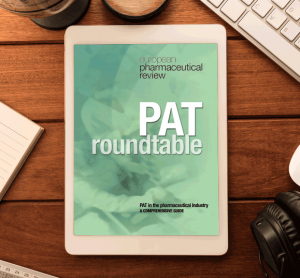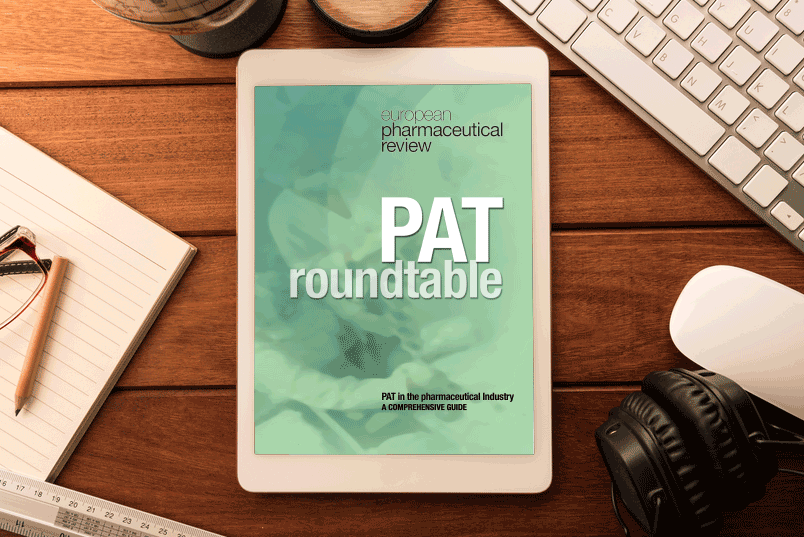Development and implementation of an automated compound screening activities facility
There has been a continuous move by the large commercially orientated players involved in Drug Discovery to initiate novel methods to increase income streams and productivity. An example of the former has been the acquisition of companies and their drug pipelines and in the case of the latter, rationalisation of…












